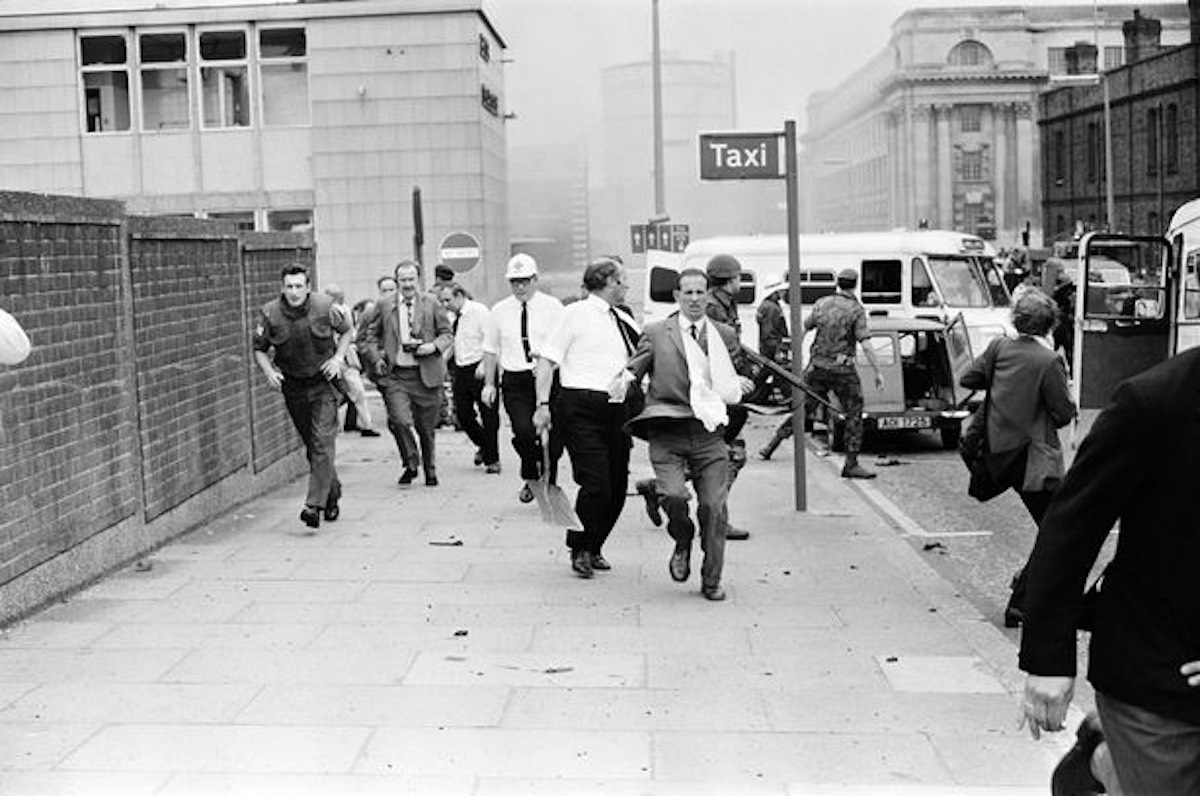
A research charity has discovered that coded IRA warnings were not heeded in a series of attacks in 1972 which became known as ‘Bloody Friday’.
Despite repeated of denials that warnings of the attacks existed, records of them were found in British Army logs.
Nine people died on 21 July 1972 after the warnings failed to clear the areas where attacks took place at Oxford Street and at Cavehill Road in Belfast. The Paper Trail organisation also discovered warnings for a third explosion at Limestone Road which had also been falsely recorded as a “no-warning” bombing.
Speaking in 2001, Brendan Hughes, Officer Commanding of the IRA’s Belfast Brigade, said he viewed the attacks that day as “a disaster” and had feared the British Army “would allow some to go off because it suited them to have casualties”.
The papers show the British Army logged one warning over 32 minutes before an explosion in which six people died. Neither the RUC nor British Army record any actions to clear the area or deactivate another two, with one left in place for around 1 hour and 9 minutes before it exploded, and the other for 36 minutes. The police Historical Enquiries Team still records both of these explosions as “no-warning” bombs and that is how they were reported at the time.
“This is wrong and we need to interrogate why the authorities did not even attempt to clear these two specific locations,” said Ciaran Mac Airt of Paper Trail.
He said that “despite the desperate actions of the British armed forces on Bloody Friday, which undoubtedly saved scores of civilian lives” - the families of the victims may question the “terrible missed opportunities” to save lives.
“The families may also question why they and the Coroner were given false information by the authorities,” he added.
![[Irish Republican News]](https://republican-news.org/graphics/title_gifs/rn.gif)
![[Irish Republican News]](https://republican-news.org/graphics/title_gifs/harp.gif)

